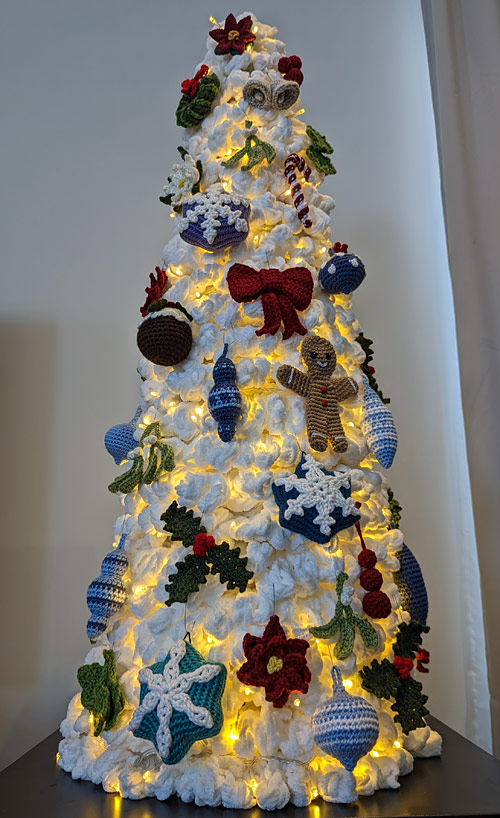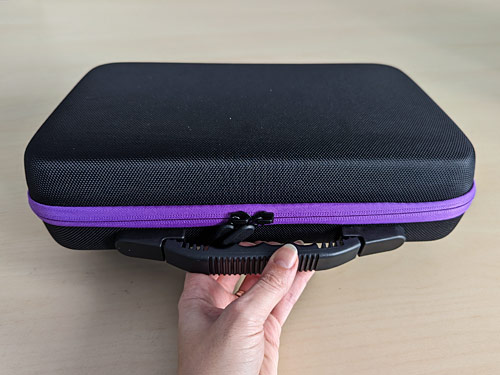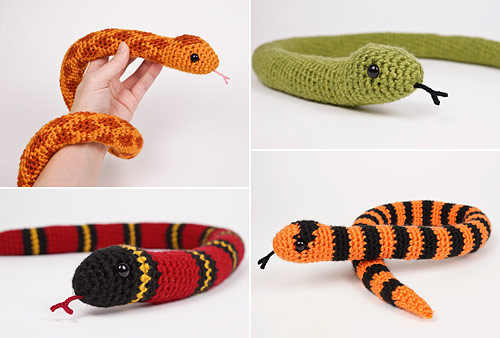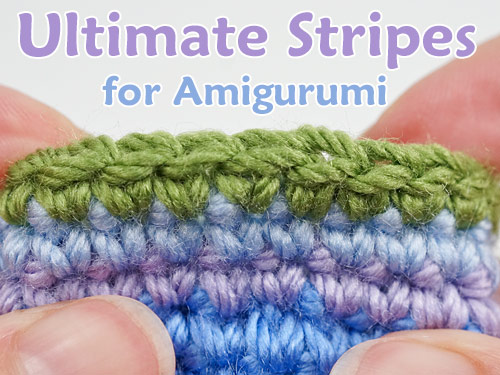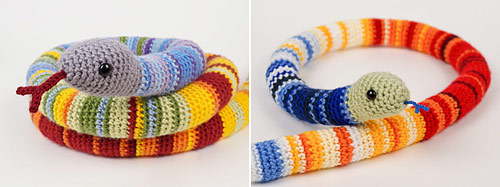
The complete Temperature Snake pattern and workbook are now available! Click here for details >> There are just 4 days remaining until the 2023 Temperature Snake CAL begins in earnest on January 1st – have you picked up the Temperature Snake crochet pattern yet? If not, now’s the perfect time: you’ll need a little time […]

